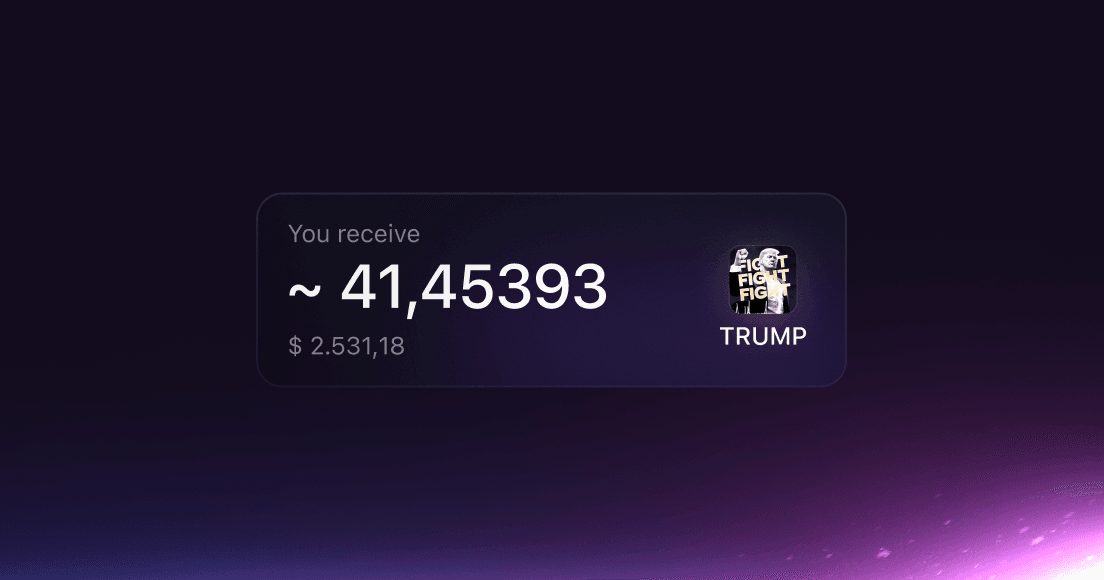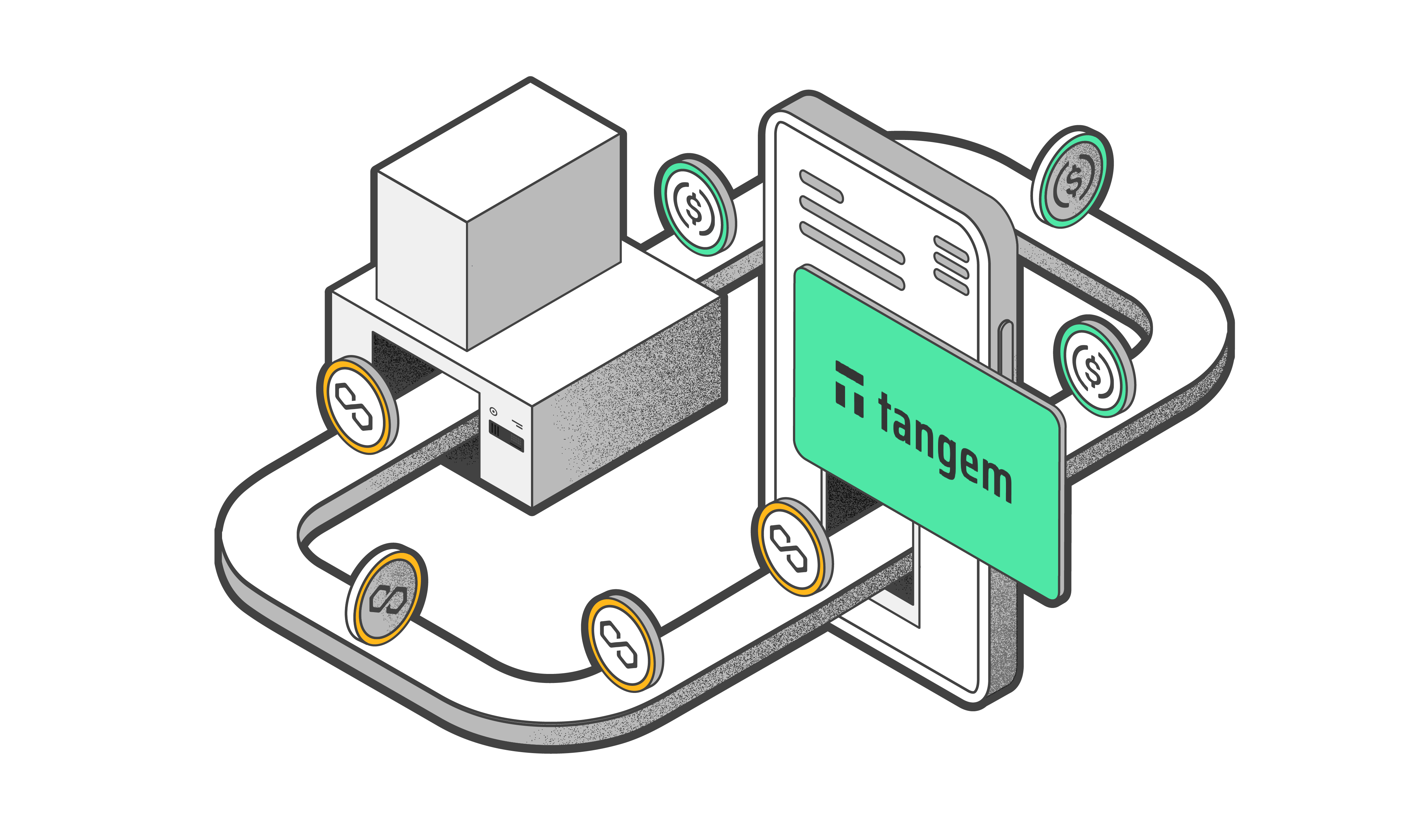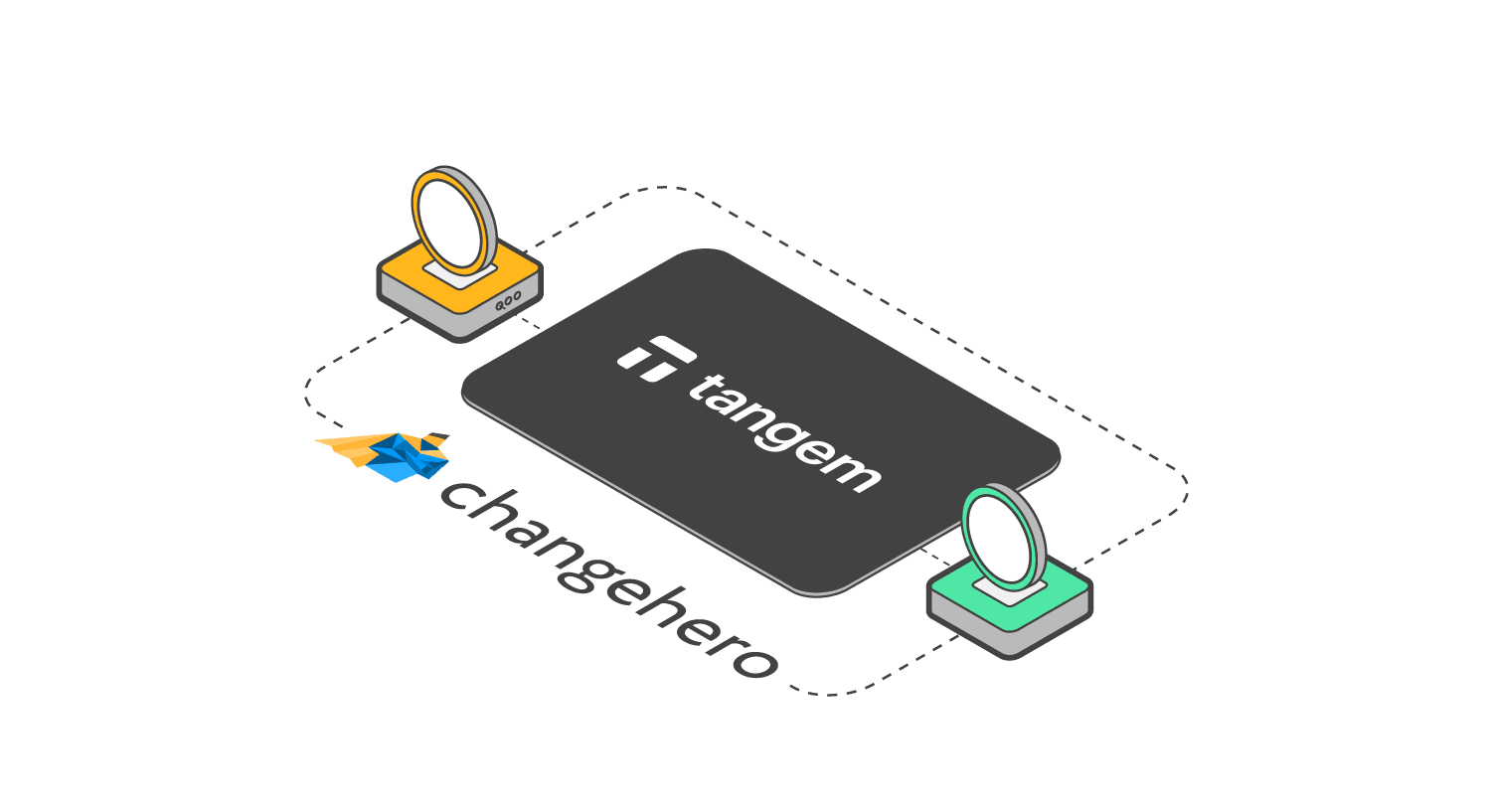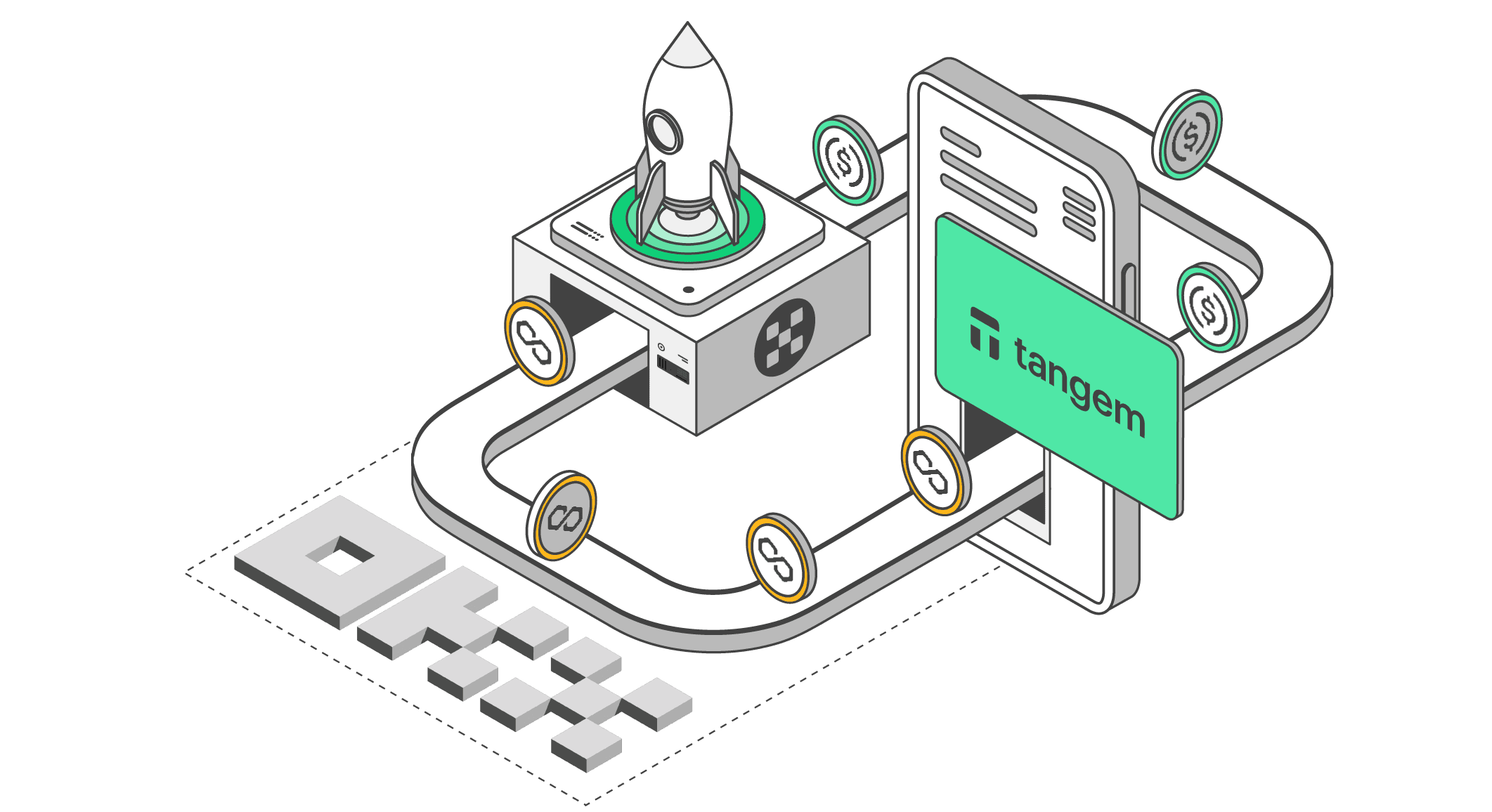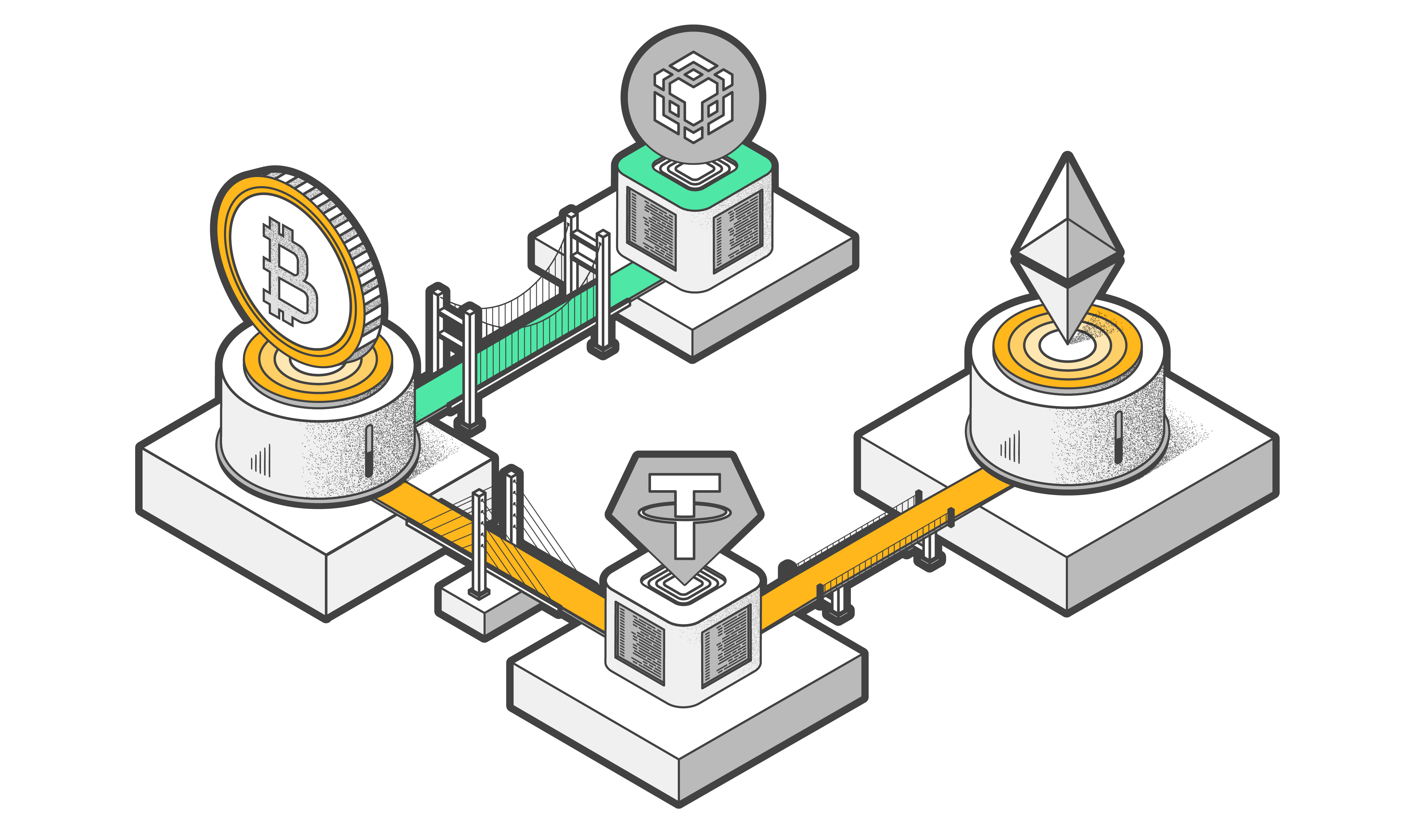
Slashing in Cryptocurrency: What is it?
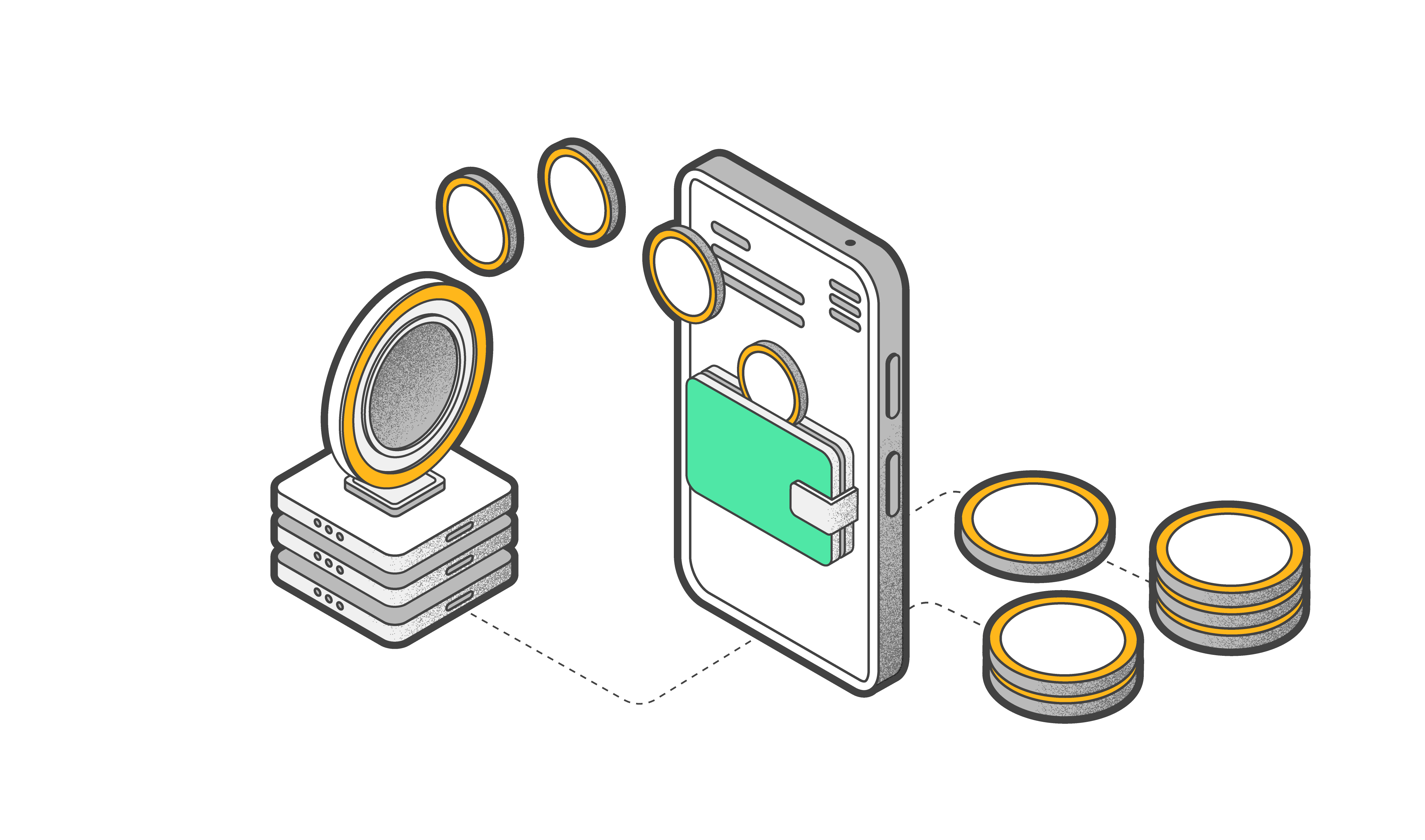
Blockchain, as a system, manages value without the need for a central authority or middleman. It is decentralized, which means it is not controlled by any one person or group. However, the value stored in blockchain is still completely secure.
This is because of a set of rules called consensus mechanisms that ensure no one can do anything harmful or fraudulent. One example of a consensus mechanism is called slashing, which is a way to discourage bad behavior and make sure the blockchain is efficient and safe.
Proof-of-stake is a type of consensus mechanism that uses slashing as a way to keep the blockchain secure. But how does it work exactly? Before we get into that, we need to understand the basics.
What is Slashing?
Slashing is a penalty imposed on validators for improper behavior, such as downtime or attempting to validate fraudulent transactions. If you’ve delegated your tokens to a validator that gets slashed, a portion of your staked tokens might be forfeited.
The proof-of-stake consensus mechanism uses slashing to punish validators who behave maliciously to the blockchain network.
How is slashing implemented?
A blockchain's operations are regulated by a consensus mechanism. It sets the rules for how users interact with the blockchain and helps prevent network manipulations that could harm the system. To benefit from the system, network nodes must have a stake in it and prioritize the network's well-being. This ensures that their incentives align with those of the network.
The notion of aligned incentives holds immense potency, serving as a cornerstone for maintaining the security of blockchains.
Let's now explore how the concept of slashing is connected to this reasoning.
The role of validators in a Proof-of-Stake blockchain
In a proof-of-stake blockchain system, "validator nodes" are crucial as active participants responsible for maintaining the network's operations. These nodes are tasked with recording the network's transaction history and facilitating consensus on the addition of new blocks of transactions. In exchange for their dedication, time, and computational resources, validators are rewarded by the network, serving as their primary incentive.
However, maintaining the integrity of the blockchain entails more than just incentivizing positive actions. Given the significant value at stake within the blockchain ecosystem, it is imperative to ensure robust security measures against potential threats.
Validators offer collateral as a demonstration of their allegiance.
In numerous proof-of-stake networks, validator nodes must "buy in" to their position by initially locking up a substantial portion of their own coins on the blockchain. This process is referred to as crypto staking. The rationale behind this practice is straightforward: by having a personal stake in the blockchain, the consensus mechanism can discourage negative or inefficient behavior through penalties.
How slashing punishes validators who cheat the system
After committing personal resources to join the network, validator nodes in proof-of-stake blockchains risk having their coins deducted (slashed) for engaging in actions harmful to the blockchain's integrity.
The particulars of slashing vary across protocols, but typically, it targets specific behaviors for punishment:
Downtime
Downtime refers to the state when a validator node is temporarily offline, rendering it unable to participate in the network's consensus process. When a validator node is unreliable, it can cause severe consequences, which is why it's generally regarded as a punishable offense. This unreliability poses a significant risk to the network's operation.Double-signing
To prevent service interruptions, numerous validator nodes establish secondary rigs as backups in case their primary equipment encounters issues. However, this practice introduces its own slashing hazard: if the network detects identical validator keys operating from two distinct servers, it perceives this as a threat. Such behavior deviates from expected norms and may lead to conflicting data from the node, constituting an offense liable to slashing penalties.Manipulating the network
Ultimately, any effort to manipulate the consensus process, like endorsing two distinct blocks for a single slot, will result in a slashing penalty.
In essence, validators in proof-of-stake protocols must not only participate in achieving consensus but also avoid any actions detrimental to the network's consensus process. Familiarizing oneself with the intricacies of this mechanism is crucial for aspiring validator nodes.
Slashing vs. Inactivity Leak
In the Ethereum blockchain, the inactivity leak ensures that the blockchain achieves finality.
Finality occurs when a supermajority of validators, representing ⅔ of the total staked ETH, agree on the state of the blockchain. Achieving finality becomes difficult if ⅓ of total validators are offline or not submitting correct attestations. In such a situation, an inactivity leak will cause the stake of offline validators to decrease until less than ⅓ of staked ETH is controlled by inactive validators. This allows the active validators to finalize the blockchain.
Do all PoS blockchains implement slashing?
Some popular PoS chains that do not implement slashing include Avalanche and Cardano. Slashing remains a topic of debate and controversy among blockchain experts. Critics cite the risk of innocent validators seeing their stake slashed for an "honest mistake," such as running outdated software. Validators may also be penalized for not participating in validating activity due to unforeseen events like losing keys.
Conclusion
While the slashing mechanism on PoS chains is imperfect and has adverse effects, some argue that keeping them secure is necessary to keep PoS chains secure. Keeping a network of thousands of unknown and decentralized entities in check is challenging without such action.
FAQ
1. What is slashing in blockchain?
Slashing refers to a penalty mechanism within certain blockchain networks, particularly those that use proof-of-stake (PoS) consensus algorithms. It is designed to discourage malicious or negligent behavior by validators or network participants.
2. How does slashing work? Slashing typically involves confiscating a portion of the validator's staked tokens or deposits as a penalty for violating network rules. These violations can include double-signing, downtime, or other actions that compromise the integrity or security of the blockchain network.
3. What are the common reasons for slashing?
Slashing can occur for various reasons, such as:
Double signing: When a validator attempts to simultaneously validate conflicting blocks or transactions.
Downtime: Failure to participate in block validation or network maintenance as required by the consensus protocol.
Invalid block proposals: Submitting blocks not adhering to the network's rules or consensus algorithm.
4. What is the purpose of slashing?
Slashing serves multiple purposes, including:
Maintaining network security: By penalizing malicious or negligent behavior, slashing discourages attacks and ensures the integrity of the blockchain.
Encouraging active participation: Validators are incentivized to uphold network rules and actively contribute to block validation and consensus.
5. What are the potential consequences of slashing?
The consequences of slashing can vary depending on the severity of the violation and the specific blockchain protocol. In addition to the loss of staked tokens, validators may face reputational damage within the community, exclusion from future validation opportunities, or other penalties outlined in the network's governance rules.
6. Which blockchain networks implement slashing?
Several blockchain networks utilize slashing as part of their consensus mechanisms, including Ethereum 2.0, Cosmos (ATOM), Polkadot (DOT), and Tezos (XTZ), among others.
7. Is slashing the same across all blockchain networks?
While the concept of slashing remains consistent, the specific parameters, penalties, and mechanisms may vary from one blockchain network to another. Each network may have its own rules, thresholds, and governance processes related to slashing.







